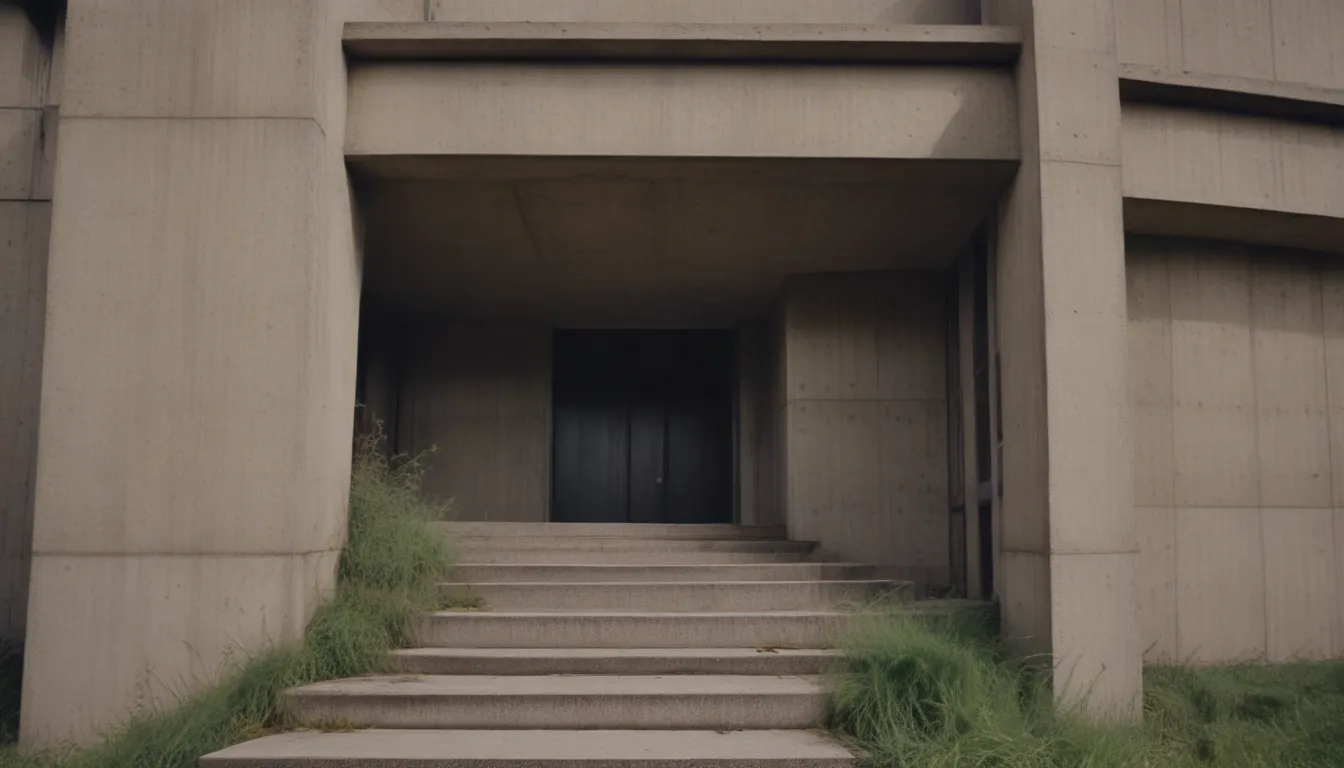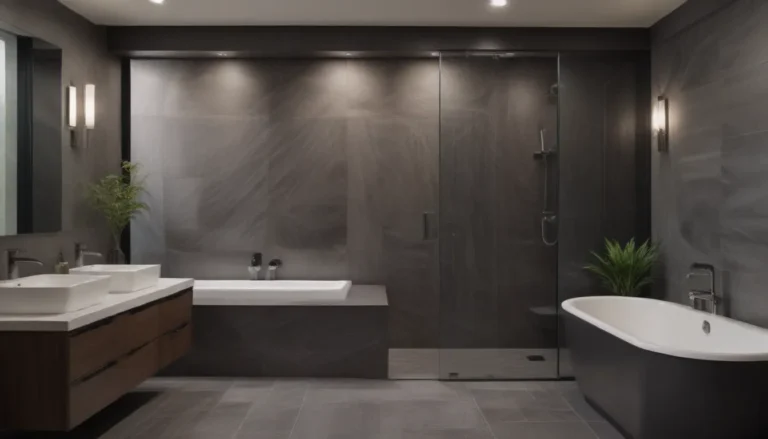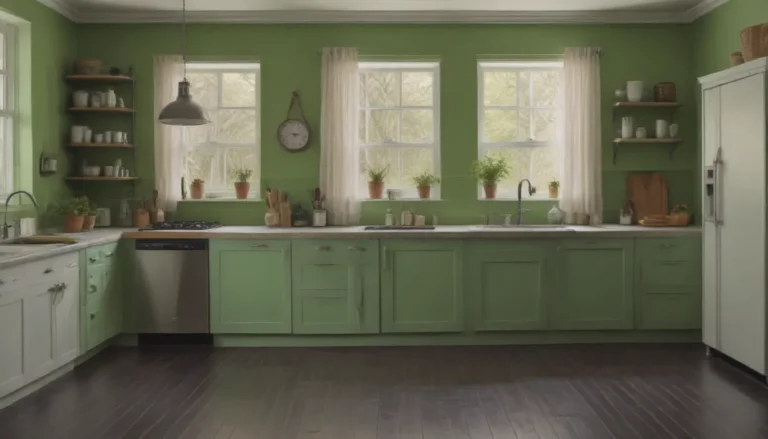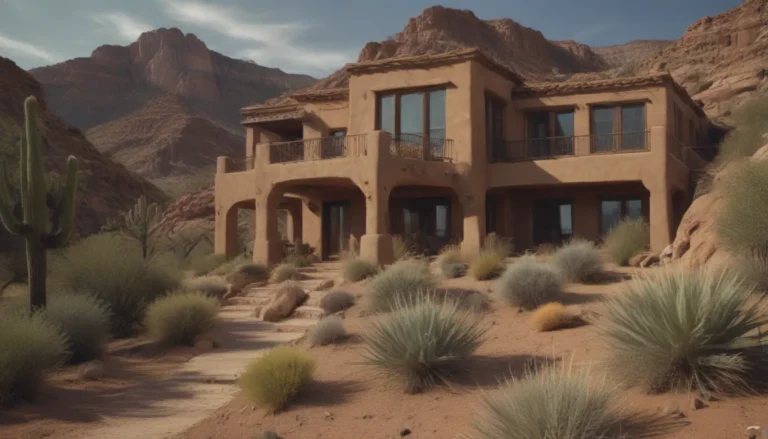Unveiling the Mystery of Brutalist Architecture

Are you intrigued by the hulking concrete structures that dominate cityscapes with their raw and unapologetic aesthetic? If so, you might be drawn to the world of Brutalist architecture. But what exactly is Brutalism, and why does it evoke such strong reactions from people around the globe? Let’s delve into the nuances of this architectural style that emerged in the mid-20th century and left a lasting impact on the built environment.
Exploring the Roots of Brutalism
Brutalism, which gained popularity in the 1950s and peaked in the 1970s, is a compelling offshoot of the modernist movement. Originating in England before spreading worldwide, this architectural style is characterized by its block-like structures made of concrete. While some may find Brutalism visually unappealing, others appreciate its minimalist and utilitarian qualities. It often features in films and television series set in urban dystopias, adding to its mystique and allure.
Understanding the Key Elements of Brutalism
When you encounter a Brutalist building, you may notice its stark and imposing presence. Here are some key elements that define this architectural style:
- Raw Concrete: Brutalism emphasizes the use of exposed concrete, giving buildings a rugged and industrial appearance.
- Minimalism: These structures are stripped of unnecessary ornamentation, focusing on functionality and simplicity.
- Geometric Shapes: Brutalist buildings often feature sharp angles, massive forms, and repetitive patterns that create a sense of visual impact.
A Closer Look at Brutalist Buildings
Throughout history, several renowned architects have made significant contributions to the Brutalist movement. Some notable figures include Le Corbusier, Paul Rudolph, Marcel Breuer, Kenzo Tange, Erno Goldfinger, and Denys Lasdun. These visionaries have left a lasting legacy through iconic structures such as the Cité Radieuse in France, the Litchfield Towers in the United States, and the Trellick Tower in London.
Notable Brutalist Buildings:
- Cité Radieuse: Designed by Le Corbusier, this massive concrete structure served as a social housing project with modular apartment units.
- Litchfield Towers: Constructed in Pittsburgh, this residential housing complex stands as a testament to Brutalism’s influence in educational settings.
- Trellick Tower: Located in London, this 31-story housing unit designed by Erno Goldfinger has become a landmark of Brutalist architecture.
The Rise and Fall of Brutalism
While Brutalism enjoyed widespread popularity in its heyday, it gradually fell out of favor by the 1980s. Criticized for its cold and alienating characteristics, Brutalist buildings faced challenges in terms of maintenance and upkeep. Concrete, the hallmark of this architectural style, proved to be susceptible to deterioration and environmental damage over time.
However, as architectural trends evolved, Brutalism found a new audience through social media and digital platforms. Today, enthusiasts are rediscovering the appeal of Brutalist design, with its commanding presence and raw aesthetic. Interest in this architectural style has led to a revival in contemporary products, interior design elements, and furniture inspired by Brutalism’s bold and uncompromising spirit.
The Controversy Surrounding Brutalism
Brutalist buildings have sparked debates among architects and urban planners, with some advocating for their preservation as cultural landmarks and others calling for their demolition. While critics consider Brutalism to be austere and challenging to maintain, proponents appreciate its enduring influence and striking visual impact. Ultimately, the legacy of Brutalism serves as a reminder of the diversity and complexity of architectural design.
Embracing the Brutalist Aesthetic
As you explore the world of Brutalist architecture, you’ll encounter a diverse array of structures that challenge conventional design norms. Whether you admire the raw beauty of exposed concrete or appreciate the boldness of geometric shapes, Brutalism offers a unique perspective on the built environment.
In conclusion, Brutalism’s legacy continues to fascinate and inspire architects, designers, and enthusiasts worldwide. By understanding the origins and evolution of this architectural style, we gain a deeper appreciation for the innovative spirit and creative vision that define Brutalism. Let’s celebrate the enduring impact of Brutalist architecture and embrace its distinctive charm in today’s design landscape.





